1. Blockbuster
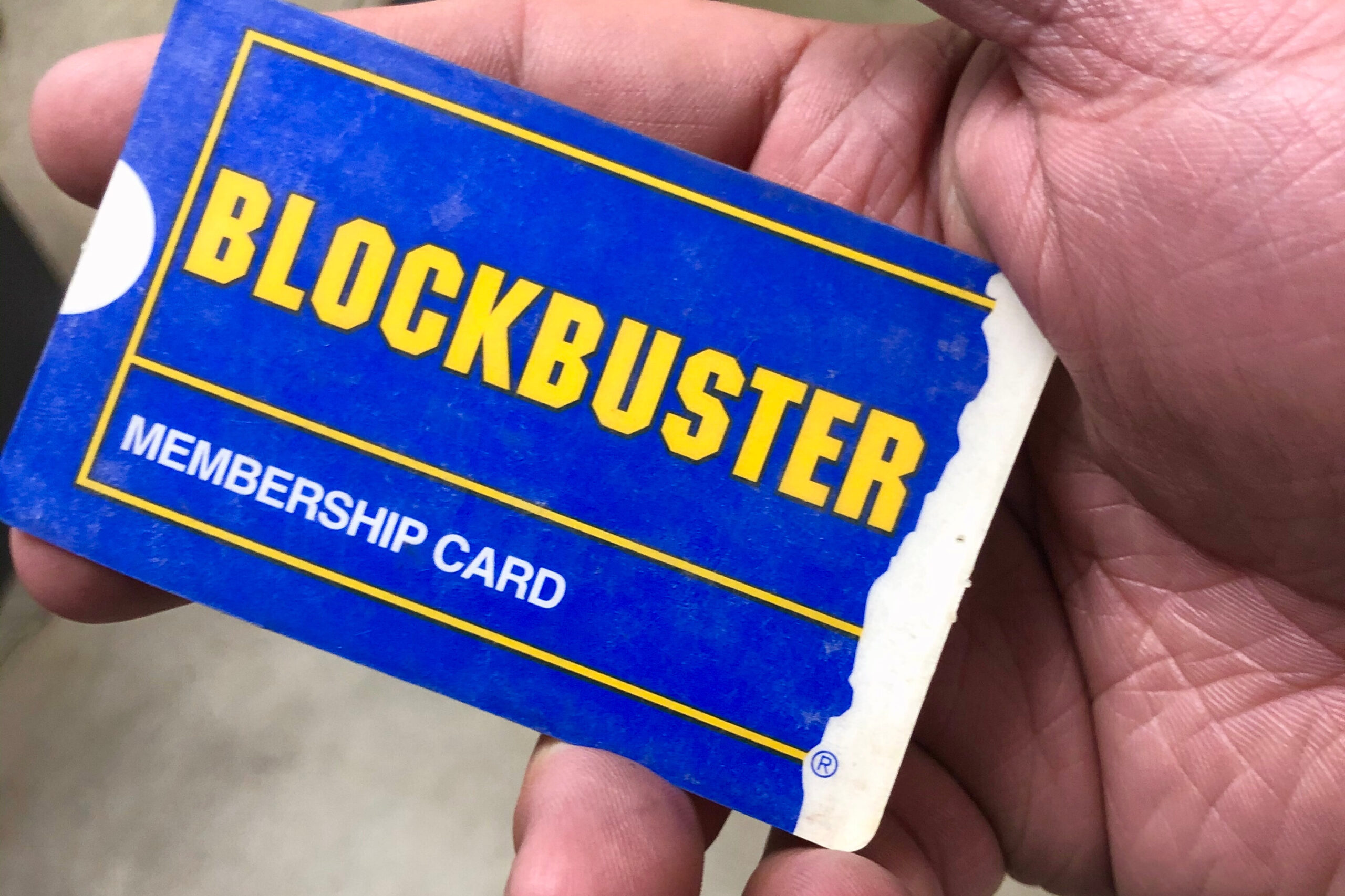
If you grew up in the ’80s or ’90s, there’s a good chance your parents made Friday nights feel special with a trip to Blockbuster. Rows of VHS tapes (and later DVDs) gave everyone a chance to pick out a movie, maybe even a game, and head home with popcorn in hand. It was more than just a video rental store—it was part of the weekly rhythm, a ritual of family bonding. Parents trusted it because it was familiar, clean, and stocked with the latest hits and old favorites. The blue-and-yellow logo became a beacon of entertainment reliability says RetailWire.
But as streaming took over and convenience shifted online, Blockbuster couldn’t keep up. The late fees didn’t help its reputation either, and Netflix delivered the final blow. Today, there’s only one Blockbuster left, in Bend, Oregon, operating more as a nostalgic novelty than a rental hub. For many, it’s a reminder of simpler times when choosing a movie meant leaving the house and talking to an actual human being adds VICE.
2. RadioShack
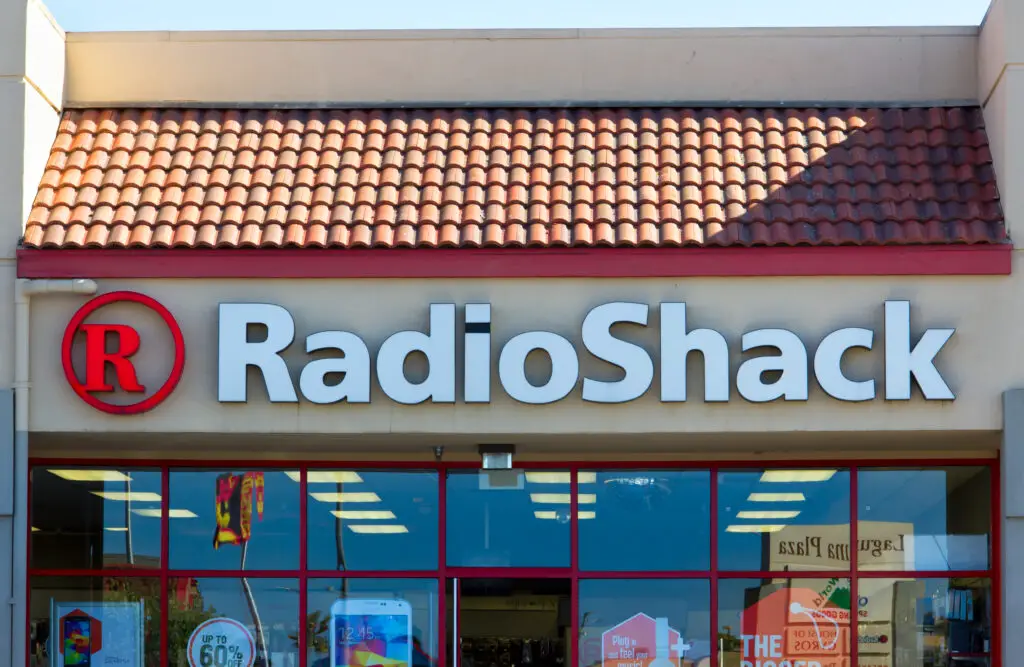
RadioShack was the place your dad went when he needed a wire, battery, or weird adapter no one else had. Whether it was building a ham radio setup or replacing a fuse in a stereo, this place had everything a tinkerer or tech-loving parent could want. It wasn’t flashy, but it was dependable and full of little treasures in tiny drawers. Tech-savvy parents loved RadioShack because the employees usually knew their stuff and could point you toward exactly what you needed says Maryland Matters.
But the tech world moved too fast. Big-box stores and online retailers made RadioShack feel outdated, and its product lineup couldn’t keep up with flashier competitors. It filed for bankruptcy more than once before slowly fading away from most cities. Some franchise stores still exist, but the brand most of us remember is long gone. Still, for many parents, it was their go-to store for getting things fixed instead of replaced says Sound & Vision.
3. Woolworth’s

Woolworth’s was one of those places that had everything—housewares, candy, lunch counters, and even fish tanks. Your mom could grab some shampoo, pick out fabric, and treat you to a grilled cheese and milkshake, all under the same roof. The “five-and-dime” chain had deep roots, and generations of parents trusted it for its affordability and wide selection. The lunch counter alone holds a special place in many hearts, especially as a place for tired parents to take a break while the kids wandered the aisles.
But discount retail changed. Bigger stores like Walmart and Target moved in with more aggressive pricing and huge selections, leaving Woolworth’s struggling to stay relevant. The last U.S. Woolworth’s closed in 1997, marking the end of a retail era. The name lives on in other parts of the world, but it’s not the same brand your parents once counted on. For many, it was their first exposure to shopping as an experience.
4. Pan Am

If your parents ever flew Pan Am, they probably talk about it like it was the golden age of air travel. The airline was a symbol of sophistication, with sharp uniforms, real silverware, and globe-spanning routes. It was one of the first airlines to really sell the idea of flying as something glamorous. Pan Am was the kind of airline people trusted with their big trips—whether it was a honeymoon or an overseas adventure.
But deregulation and rising fuel costs hit hard. Despite its iconic branding and early innovations, Pan Am couldn’t keep up financially. It filed for bankruptcy in 1991, leaving behind a legacy more than a business. People still remember those blue carry-on bags and crisp stewardess uniforms, though. It’s one of those brands that disappeared, but never really faded from memory.
5. Mervyn’s
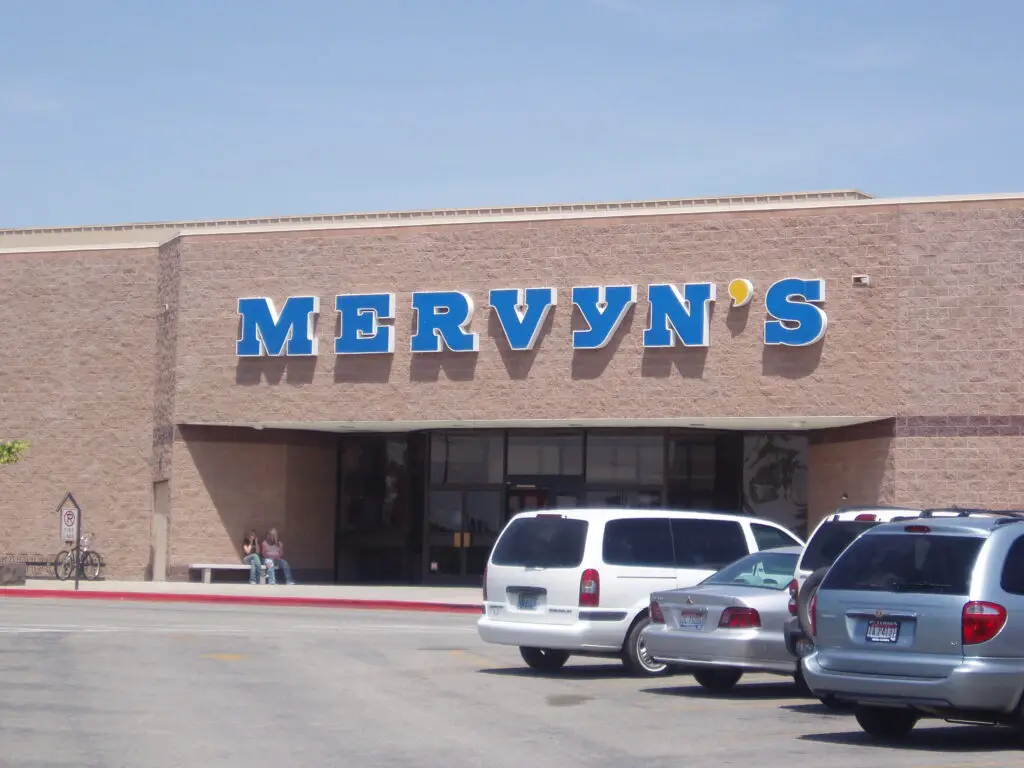
Mervyn’s was the spot for back-to-school clothes, affordable home goods, and department store sales that made your mom feel like she scored big. Located mostly in the West and Midwest, it was a staple for families looking for practical, reasonably priced clothing. It didn’t try to be fancy, and that’s exactly why parents liked it—it was reliable and low-stress.
But competition from trendier and cheaper stores edged Mervyn’s out. After struggling through the early 2000s, it filed for bankruptcy and shut its doors in 2009. Some attempts to bring it back online fizzled out. For families who once counted on its weekend deals and “lowest price of the season” ads, its absence still stings a little. It wasn’t flashy, but it was familiar and dependable.
6. Borders
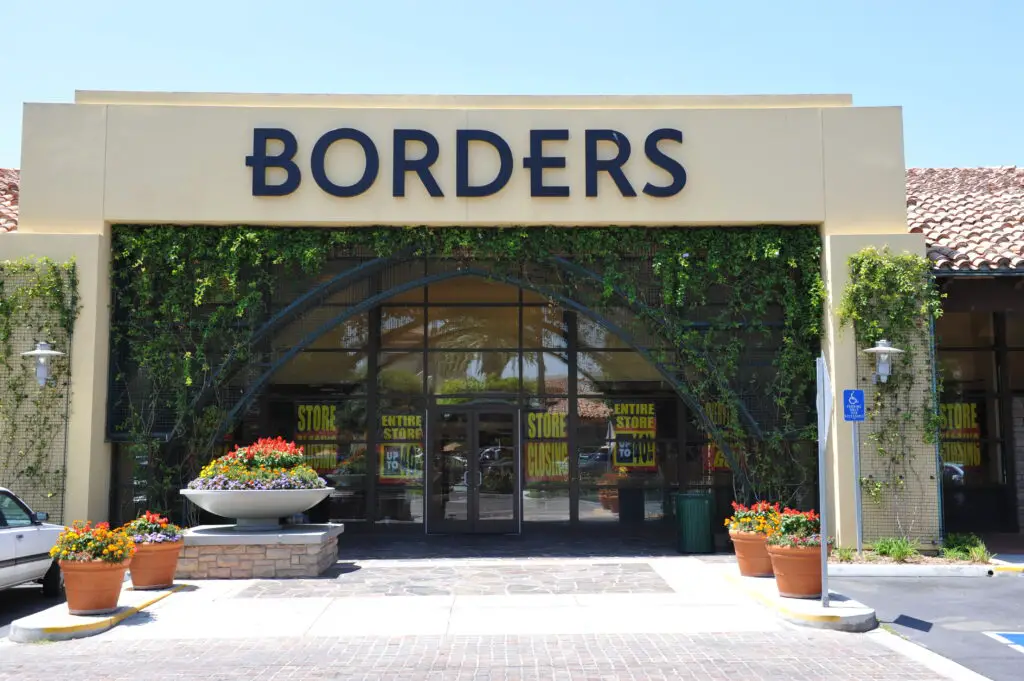
Parents who loved to read—and wanted their kids to read too—probably spent hours inside Borders. It was more than just a bookstore. With comfy chairs, coffee shops, and an easygoing vibe, Borders made reading feel like a lifestyle. Parents trusted it not just for bestsellers, but for its solid kids’ section and thoughtful staff picks.
But Borders was slow to adapt to e-readers and online sales. By the time it tried to catch up, Amazon had already claimed the throne. The chain closed its remaining stores in 2011, leaving a void for people who liked to browse books in person. While Barnes & Noble stuck around, Borders’ specific charm hasn’t been replicated. It’s missed not just for its books, but for the way it made people feel about reading.
7. Montgomery Ward

Long before online shopping was a thing, Montgomery Ward was the catalog king. Your grandparents probably shopped from its giant mail-order books, but even into the ’80s and ’90s, it remained a trusted department store. It had everything from appliances to apparel, and your parents probably bought a fridge or a mattress there at some point.
But as shopping malls evolved and competition stiffened, Montgomery Ward couldn’t keep up. It filed for bankruptcy and shut its physical stores in 2001. The brand was revived online for a bit, but it was never the same store people walked through with their kids in tow. It was one of those places where families made big purchases and big memories.
8. KB Toys

Before online wish lists and Amazon carts, kids dragged their parents into KB Toys at the mall. It was smaller and a bit more chaotic than Toys “R” Us, but that was part of the charm. The wall-to-wall toys packed into tight spaces made every visit feel like a treasure hunt. Parents liked it because it was convenient and usually had good deals, especially around the holidays.
But big-box stores undercut them, and the rise of online toy sales did the rest. KB filed for bankruptcy in 2008 and closed all of its stores. There were attempts to bring it back, but none stuck. Still, a lot of parents remember buying birthday gifts and Christmas surprises from those crowded little aisles. It was the go-to spot for last-minute toy magic.
9. Circuit City
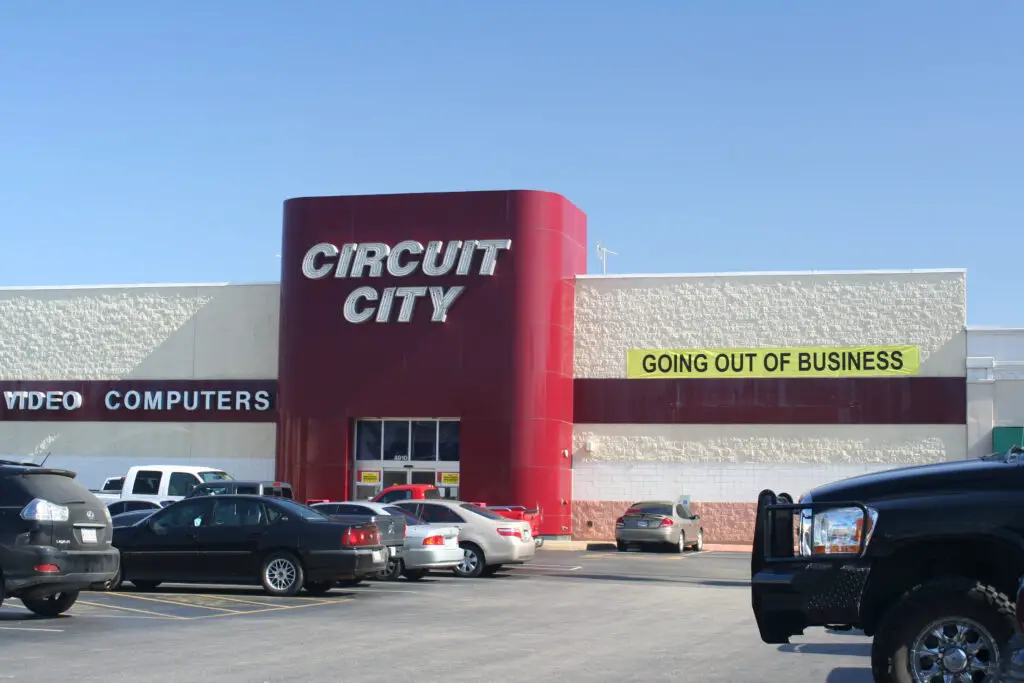
If your dad was into electronics, chances are Circuit City was part of your weekend errands. TVs, stereos, camcorders—they had it all, and the staff usually knew what they were talking about. It wasn’t as big or busy as Best Buy, which made it feel a little more manageable. Parents liked it because it offered quality gear and often had decent sales.
But a series of bad business decisions and stiff competition sealed its fate. It filed for bankruptcy in 2008 and shut its doors not long after. A short-lived online revival didn’t catch on. For many families, it was their first stop when upgrading tech or buying a graduation gift. It wasn’t just about gadgets—it was about keeping up with a changing world.
10. The Limited Too

Moms trusted The Limited Too when it came to buying clothes for their pre-teen daughters. It felt trendy without being too grown-up, which was exactly what made it appealing. Shopping there was often a compromise between kids’ wish lists and parents’ sense of what’s appropriate. Bright colors, sparkles, and slogan tees made it the place to be at the mall.
But fashion changed, and the market got more crowded. The brand lost its footing and was folded into Justice in the late 2000s. Justice itself eventually closed all stores by 2021. The Limited Too may be gone, but it lives on in home videos and photo albums full of butterfly clips and glittery tops. Parents appreciated having a go-to spot for that awkward in-between phase.
11. Drexel Heritage

If your parents ever splurged on furniture, it might have been from Drexel Heritage. The brand was known for quality craftsmanship and timeless style—stuff you didn’t replace every few years. It was the kind of furniture you saved up for, and it stuck around for decades. Parents trusted Drexel because it represented durability and good taste.
But as fast furniture took over, high-end legacy brands like Drexel struggled to keep a foothold. It was sold, merged, and eventually discontinued. While some pieces still pop up in vintage stores, new collections stopped rolling out years ago. For parents who wanted furniture that lasted, losing Drexel Heritage felt like the end of an era.
12. Oldsmobile
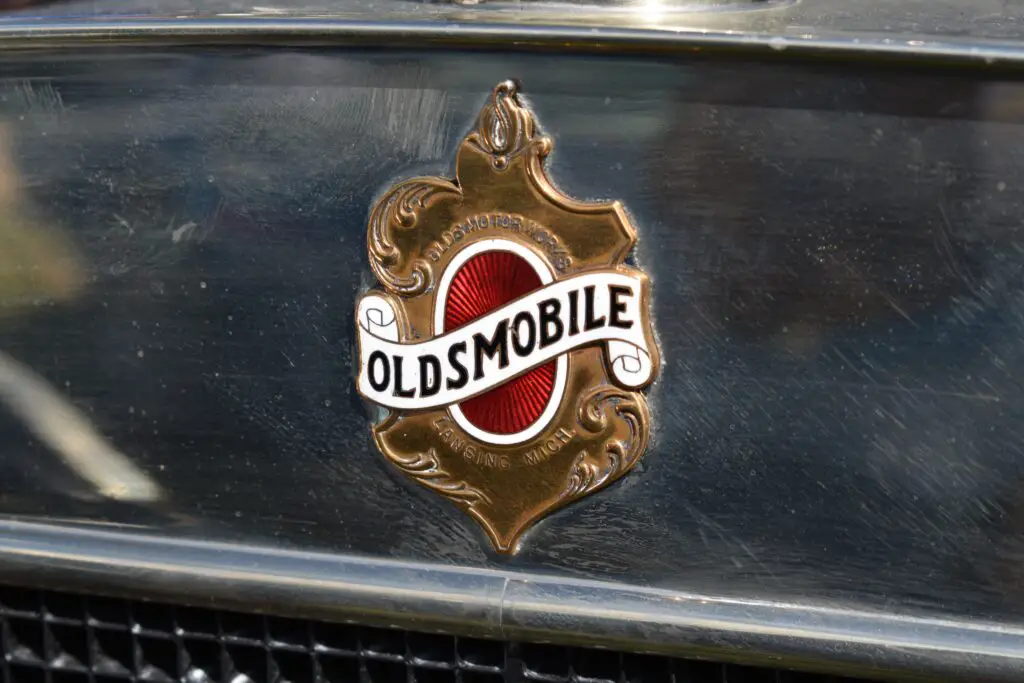
If your parents drove an Oldsmobile, they probably swore by it. For decades, it was one of General Motors’ most trusted brands, offering solid, dependable cars that felt just a notch above the average family vehicle. Models like the Cutlass or the Alero were everywhere. Parents liked Oldsmobile because it had a little flair without breaking the bank.
But declining sales and shifting consumer preferences pushed Oldsmobile out of the spotlight. GM officially discontinued the brand in 2004 after more than 100 years. It was a quiet exit for such a long-standing name. While other car brands have taken its place, some parents still look back fondly on their Olds as their most trustworthy ride.
